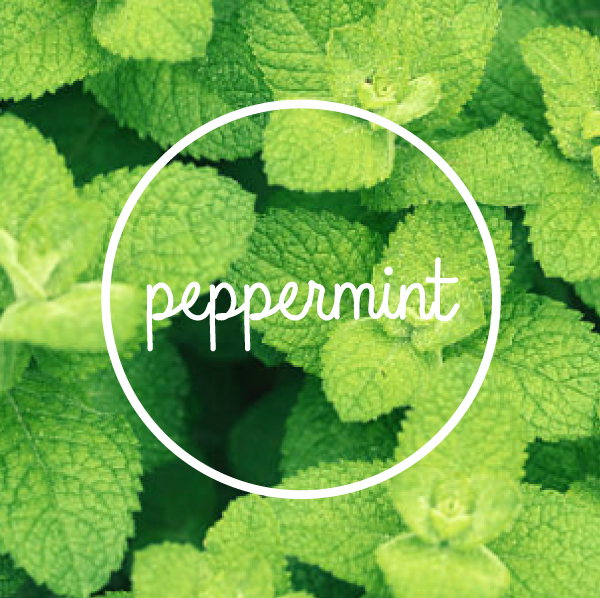This morning I made myself Peppermint and Licorice tea to help with my sore throat. Peppermint also reduces sinus inflammation. What is your favourite tea to help with cough?
Article taken from the Herb Wisdom website
9 January 2017
https://www.herbwisdom.com/herb-peppermint
Peppermint (Mentha × piperita) also known as M. balsamea Willd, has been used medicinally for thousands of years. It has a pleasant taste and is a popular flavoring for food and drink. It is also used as a fragrance.
Peppermint has a wide variety of health and medicinal uses. It is used to help treat the common cold, to calm inflammations and to soothe digestive problems.
Historical use
The ancient Egyptians, one of the most medically-advanced ancient cultures, cultivated and used peppermint leaves for indigestion. The ancient Romans and Greeks also took peppermint to soothe their stomachs. The plant was used by Europeans in the 18th Century, especially in Western Europe, and gained popularity for stomach ailments and menstrual disorders. Many of Peppermint’s health and medicinal uses have been verified by scientific trials.
What is Peppermint
The Latin name for peppermint is Mentha × piperita. It is actually a cross breed between Water Mint and Spearmint.
Where it’s Produced
Peppermint is a perennial plant found in Europe, Asia and North America. Although there are over 25 species of peppermint produced by these areas, the majority of peppermint is produced in the United States.
Active Ingredients
The main active ingredient in Peppermint is Menthol, which is an organic compound that produces a cooling sensation when applied to the mouth or skin. It also acts as a mild anesthetic (which means a compound creating a reversible loss of sensation).
Peppermint also contains vitamins A and C as well as a number of minerals.
Uses for Peppermint
Peppermint has several dietary uses and health benefits:
Coughs & Colds
Peppermint is a remedy for the common cold and for coughing symptoms that often accompany a cold. The oil from this plant has a soothing effect for coughing symptoms and can calm certain common cold ailments. It can also help build a stronger immune system and has both antimicrobial and antioxidant qualities. Liquid Peppermint oil can be inhaled as a vapor. This manner of peppermint use can create an effective at soothing cough and cold symptoms.
Mouth & Sinuses
Peppermint has been frequently used as an agent that reduces inflammation of the mouth or throat. Sinus inflammations and infections can be remedied by inhalation of the plant essential oil. Menthol is the main active ingredient in peppermint and is the reason for its ability to help clear congestion and help make breathing easier. . The herb can be used topically or in a tea to alleviate common respiratory symptoms such as congestion, coughing and difficulty breathing caused by obstructed or inflamed passages.
Digestive Issues
Peppermint can help with a number of painful digestive problems including gas, bloating and nausea, morning sickness and stomach cramps. Additionally, it can help ease the symptoms of Irritable Bowel Syndrome. One study showed that 75% of participants who took a capsule of Peppermint oil daily saw a significant decrease in their IBS symptoms, in comparison with 38% who took a placebo capsule.
Menstrual symptoms
Painful cramps and nausea caused by a woman’s natural cycle can be eased with the help of peppermint. Peppermint acts as a muscle relaxer and therefore reduces the pain caused by a woman’s cramps.
Pain Relief
Headaches, nerve pain, toothaches, inflammation of the joints, and general body aches and muscle pain are all thought to be relieved by the use of peppermint. The main ingredient in peppermint, menthol, creates a cooling sensation when applied to the skin. As a result it can temporarily reduce minor levels of pain associated with athletic injuries, overuse or muscle pain.
Headaches
Topical application of Peppermint oil can reduce certain types of minor headaches. Peppermint oil, diluted with another oil, can be applied directly to the forehead or upper sinus areas. In fact, a German study showed Peppermint to have the same power as 1,000 milligrams of acetaminophen.
Skin
Peppermint oil diluted with water can be used as a wash capable of alleviating skin problems such as rashes and dry skin. Also, it can be used as a hair rinse to soothe both dry and oily scalp. Infections, itchiness, allergic rashes and bacterial infections have all been remedied with peppermint herbal supplements.
Energy
The scent of peppermint is energizing and inhaling its scent can result in heightened levels of energy. Drinking peppermint tea, as well as using peppermint oil in a diffuser or in a candle are ways of using peppermint as a stimulant.
Other Applications for Peppermint
There are additional applications for peppermint that are frequently used:
Foods and beverages are flavored with the peppermint extract oil in order to create a distinctive flavoring. Deserts and candies frequently use a peppermint flavoring.
Manufacturers often use the plant extract from the peppermint to produce a popular fragrance for soaps and cosmetics.
Pharmaceutical manufacturers use peppermint plant extract as a flavoring agent for several everyday over the counter medicines and other prescription medicines as it very effective at masking strong, unpleasant tastes.
How to Use Peppermint
Peppermint can be taken in many ways: The oil can be applied topically to the skin; a tea can be made of the dried and crushed leaves; the oil and/or dried plant material can be ingested in capsule form; peppermint liquid tincture is available; the oil can also be vaporized for inhalation.
Peppermint oil is usually the most potent way to gain the active ingredients and benefits, however lower levels of peppermint, such as those ingested through tea, are still very effective.

